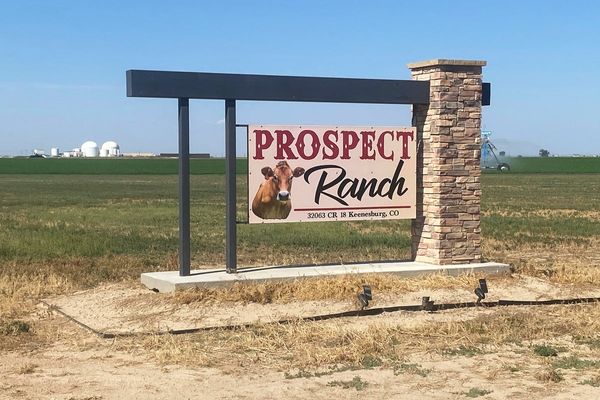
The self-employment pensions gap must be tackled to help address wider retirement issues, Scottish Widows is urging.
Susan Hope, a retirement expert at the pension provider, said flexibility is “key for self-employed people” when building a retirement pot.
Lloyds Banking Group, which includes Scottish Widows as a brand, recently worked with Nest Insight to explore “autosave” options with a small group of self-employed people.
Those behind the study said initial responses to the idea were positive and suggest it is worth further exploration of an autosave feature within banking platforms and self-employment software.
Ms Hope said: “Closing the self-employed pensions gap in the UK is critical to cracking the wider pensions crisis – more than half of self-employed individuals are on track for poverty in retirement, compared to just 25% of full-time workers.
“Flexibility is key for self-employed people and our work with Nest allowed us to test models with this built in.”
Scottish Widows previously commissioned YouGov to carry out research among more than 5,100 people across the UK in January and February.
Research indicated that 39% of self-employed people are not saving enough for retirement, and 23% are not saving anything at all.
Under automatic enrolment, workers who have an employer are placed into a pension scheme, provided they meet certain criteria.
As well as their own pension contributions, employees get the benefits of employer contributions into their pension pot as well as tax relief.
Here are some general tips from Ms Hope for self-employed people looking to build a pension pot:
1. Try starting small.
Self-employed people often face irregular income, making it challenging to save consistently. Some people could consider starting with small, regular contributions to a personal pension, also known as a “ready made pension”.
People could try setting up small monthly payments and topping them up at the end of the tax year when they have a clearer picture of their finances, helping to give flexibility during more challenging times, Ms Hope suggested.
2. Consider whether a Lifetime Isa could be useful.
People can use a Lifetime Isa for their first home or their retirement savings. Lifetime Isa savings can be topped up with a bonus from the Government. There may be withdrawal penalties to consider though, if anyone is withdrawing money for reasons other than their first home or their retirement.
3. Make the most of tax relief.
Contributions to personal pensions such as sipps (self-invested personal pensions) come with tax relief.
Some people may also want to consider taking financial advice. Individual circumstances will vary.
Bank of England will monitor cash acceptance on ongoing basis
Reeves pauses cash ISA changes after backlash
Plans to split UK market into energy pricing zones dropped
Thousands of young people exploited to launder money – report
Energy bills to rise because of delays to Labour’s plan to slash prices
Business news live: Silver price at 14-year high, FTSE 100 falls







